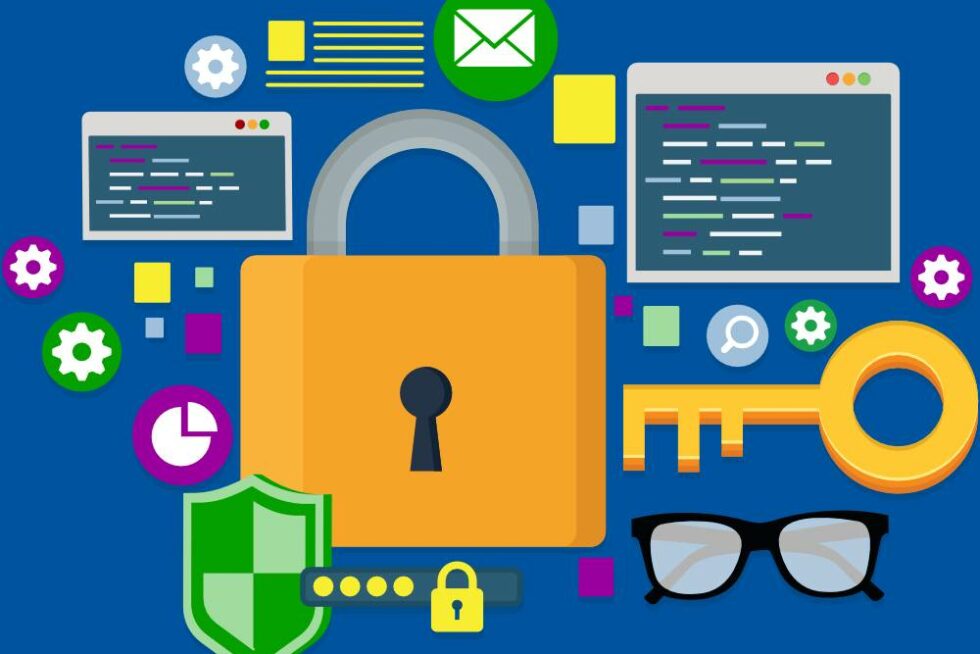Encryption is critical for overall internet security, especially when talking about backup and data recovery. There are many different encryption systems in use today, and they all generally work by scrambling data with the help of a mathematical algorithm, encrypting the information into code.
The most common one being Advanced Encryption Standard (AES). It’s a variant of the Rijndael block cipher and is available in three key sizes: 128, 192, and 256 bits.
So what is AES-256 and how does it work?
What is AES?
AES 256-bit encryption is a type of symmetric key encryption used to protect data from unauthorized access. It is one of the most widely used forms of encryption due to its high security level and ease of use. AES stands for Advanced Encryption Standard, which is a U.S. government standard for encryption algorithms used to protect sensitive information.
How Does it Work?
AES 256-bit encryption works by taking plaintext data and transforming it into ciphertext, which is unreadable by anyone without the correct decryption key. When encrypting data with AES 256-bit, a key is generated that has 256 bits (32 characters) of length. This key is then used in conjunction with an algorithm to convert plaintext into ciphertext.
When decrypting data, the same process occurs in reverse; the algorithm takes the ciphertext and uses the same key to transform it back into plaintext. The only way for someone else to be able to view the plaintext data would be if they had access to the decryption key, making AES 256-bit one of the most secure forms of encryption available today.
Is it Secure?
The security of AES 256-bit encryption comes from its complexity; due to its long key length and sophisticated mathematical algorithms, it would take even powerful computers millions of years to crack this type of encryption using brute force methods. Additionally, AES 256-bit ensures that any form of data alteration or tampering can be detected; if any part of the encrypted data has been changed, then it will not match up with what is expected when decrypted and will therefore be flagged as suspicious activity.
What is it Used for?
AES 256-bit encryption can be used in a variety of different contexts such as protecting files on a computer’s hard drive or sending confidential information over the internet via secure connections like HTTPS or SSH. Many companies also use it as an extra layer of protection when storing customer information in databases or cloud storage solutions like EnVault. Due to its popularity and robustness, many banks rely on AES 256-bit encryption for their online banking services as well as other financial transactions such as credit card payments where high levels of security are required.
AES and EnVault
EnVault is an enterprise-grade cloud backup solution that provides secure, reliable, and cost-effective data protection. With EnVault you can quickly deploy a cloud storage solution designed for businesses, organizations, and individuals who need a secure and reliable way to store their data on the cloud. EnVault uses industry-leading encryption protocols such as AES 256-bit encryption to ensure that all of your data remains safe and secure even if the physical media is lost or destroyed. EnVault’s storage architecture is designed to provide a high level of redundancy, meaning your data is protected even if a data center or storage array fails. This also allows for faster data restoration in the event of an emergency. Additionally, EnVault also offers automated backup options, ensuring that all changes and additions to your data are stored in real-time and are readily available for recovery.
Learn more about how EnVault can help keep your data secure and start today.



